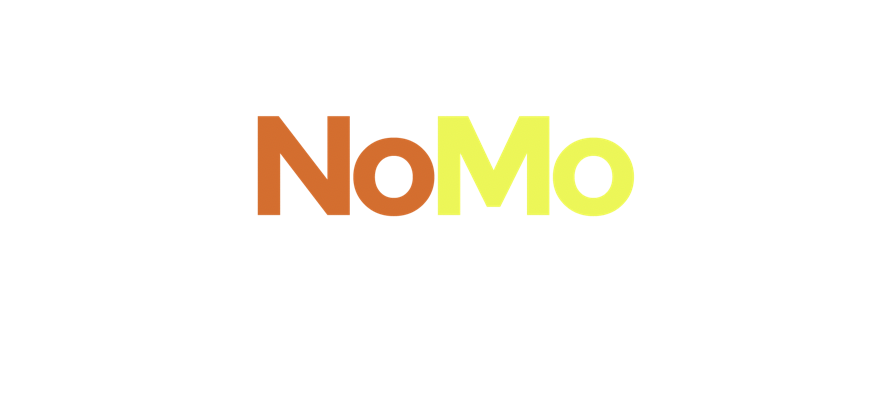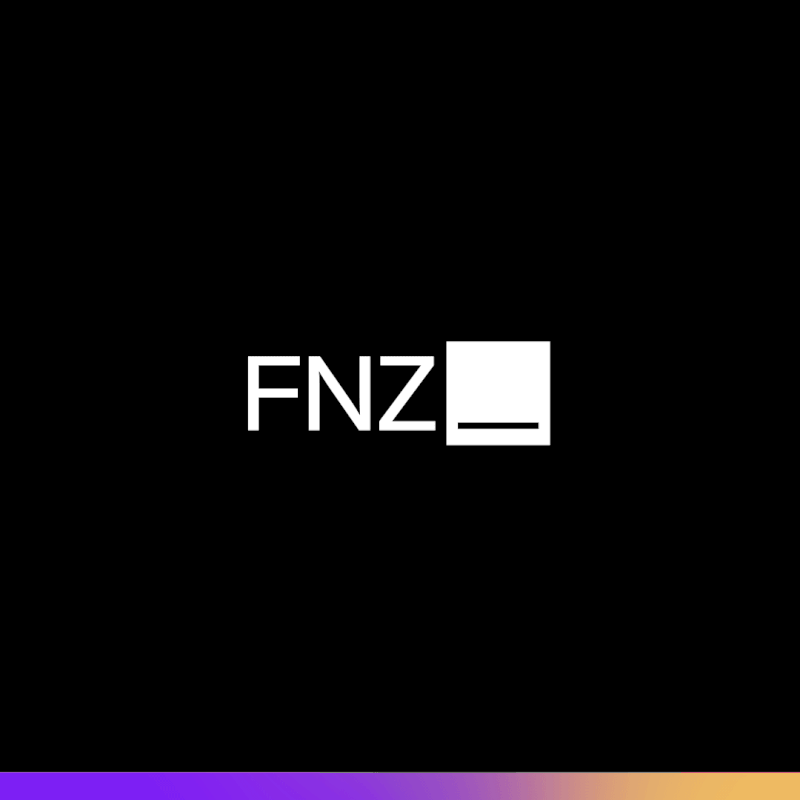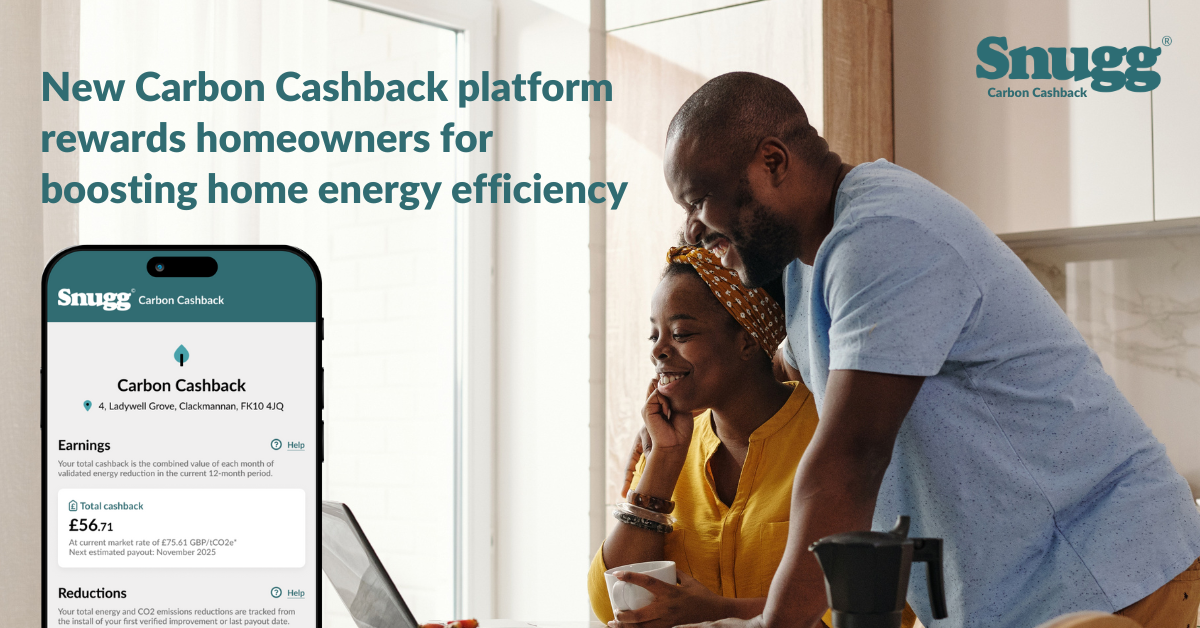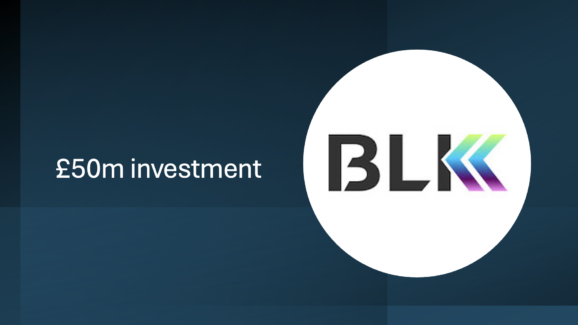NoMo Money: A PFM for today’s consumers

Article written by Author: Andrew Garden ”“ Product Manager @ The ID Co.
When I was approached two years ago by our company’s CEO, James Varga, and asked whether we could develop a consumer facing App, I was distinctly nervous about whether we could produce a product that could compete with some of the major applications that had already been launched and were launched soon after our conversation.
Two years on from that fateful afternoon, I couldn’t be happier with the release of our new customer facing App, NoMo (for No Money Mo Money!)
With hindsight, it was a great decision to focus on the customer side as well as the B2B offering, DirectID. Since its launch in 2015, DirectID has been a great success ”“ integrating with over 5,500 banks and building a customer base in Europe, north America and the UK.
Now it’s time for NoMo to take some of the weight.
Obviously, we’re a late entrant into the personal finance management (PFM) app space. In that time, there have been numerous releases, including many of the ones that we’re now very familiar with, from Yolt to Money Dashboard to Emma. I’ve taken a lot of time in looking at these apps, to understand their functionality, their key attributes and what we could do differently.
Essentially what I’ve found from having the time and space to develop NoMo, is that if you look at an App such as money Dashboard it has different functionalities ”“ from integrating multiple accounts, to categorisingspend and budgeting and planning.
That’s fantastic. I’ve used Money Dashboard myself and really enjoy it. But what we didn’t want to do was to recreate another version of what is already a very successful App.
So instead I took another approach, and asked “what is the biggest issue that people have with their money?” I think most of can agree, and unless we earn huge salaries, that the biggest issue is budgeting from one month to the next. From our research we know that this can create a feeling of helplessness around money, and this manifests itself by us burying our heads in the sand and hoping financial difficulties will go away.
In a saturated market, I wanted to find a way to make NoMo both stand out and be of value to users. We decided to go with a unique approach by giving NoMo a personality with references to popular culture. This way, regardless of whether users are up or down, they are spoken to like a friend. We wanted to make looking at your finances less like going to the dentist when you know that pain is on the way!
So, what we wanted from NoMo was to make it easy for people to know whether they were doing well in their finances. Ultimately this came down to one simple question “Do I have more or less money than at the same stage last month?” to which NoMo will show a simple graph ticker or message with a value that represents how much more or less money is in your account.
The summary provides a visual representation of the user’s budgeting performance over the month. The days of the month in orange represent the days the user has been down. Those in yellow represent the days the user has been up. The days in white are the days that the user has been on their average.


Commenting on the release of NoMo, The ID Co., CEO, James Varga said:
“We have been working on building a consumer App that allows customers to answer one very simple, but important question, and we’re confident that this premise means NoMo will be a great success with customers. It was important for us, that as well as being involved in working with financial institutions with DIrectID, we also have a consumer offering that will broaden our appeal within the market. Our research suggests that there is a very strong appetite for such an App and we look forward to receiving feedback now it has been launched.”
Indeed in these first few weeks there has been a huge amount of feedback, and to be honest, I’m delighted to receive this ”“ even the not-so-complimentary messages! To be honest, there hasn’t been anything that we either didn’t know about or were minor fixes. Moreover, we’ve learned a huge amount from the launch of DirectID. We’ve pulled in our experiences from the different industries that we work in, such as income verification, affordability, credit risk and lending, with the aim of bringing that knowledge to the benefit of consumers.
Moving forward, what we want to do is to be able to recogniserisky transactions that we can then flag to the user to try and be proactive towards their wellbeing. What this will mean is that when we release the Android verion ”“ hopefully by Christmas ”“ it should be perfect.
The feedback received along with the volume of downloads that we’ve had, even in these first few weeks, has given us a huge amount of confidence. I think we’ve touched upon a genuine need in the consumer market, which is for individuals to know quickly and simply whether they have more or less money than at the same time last month.



